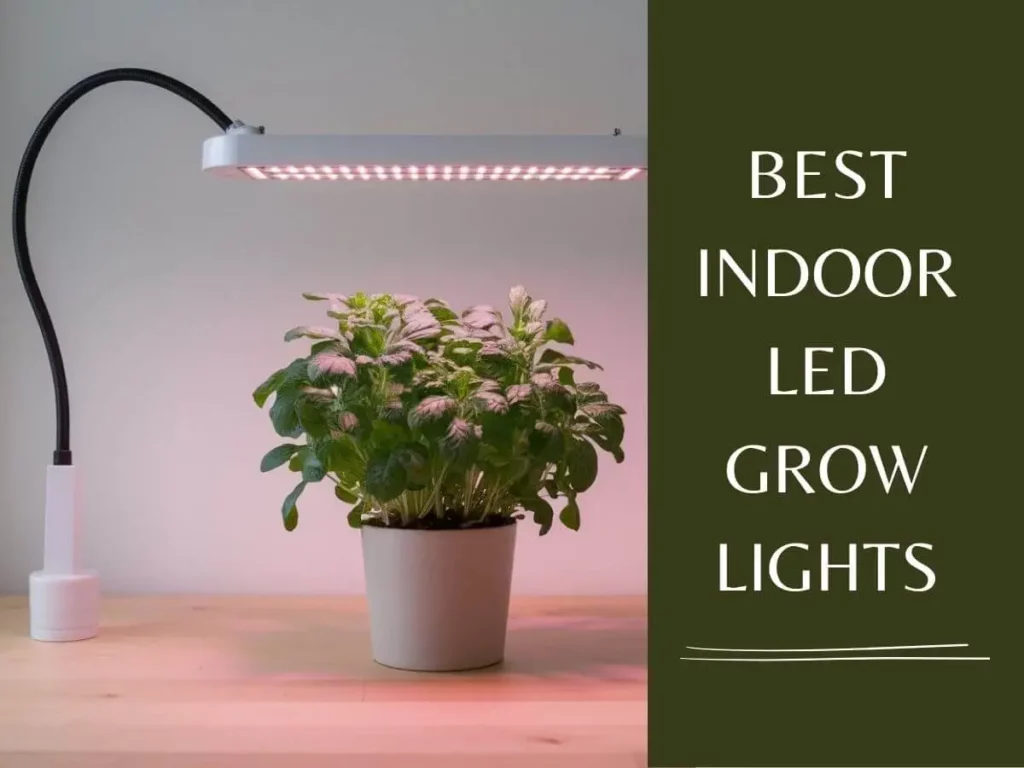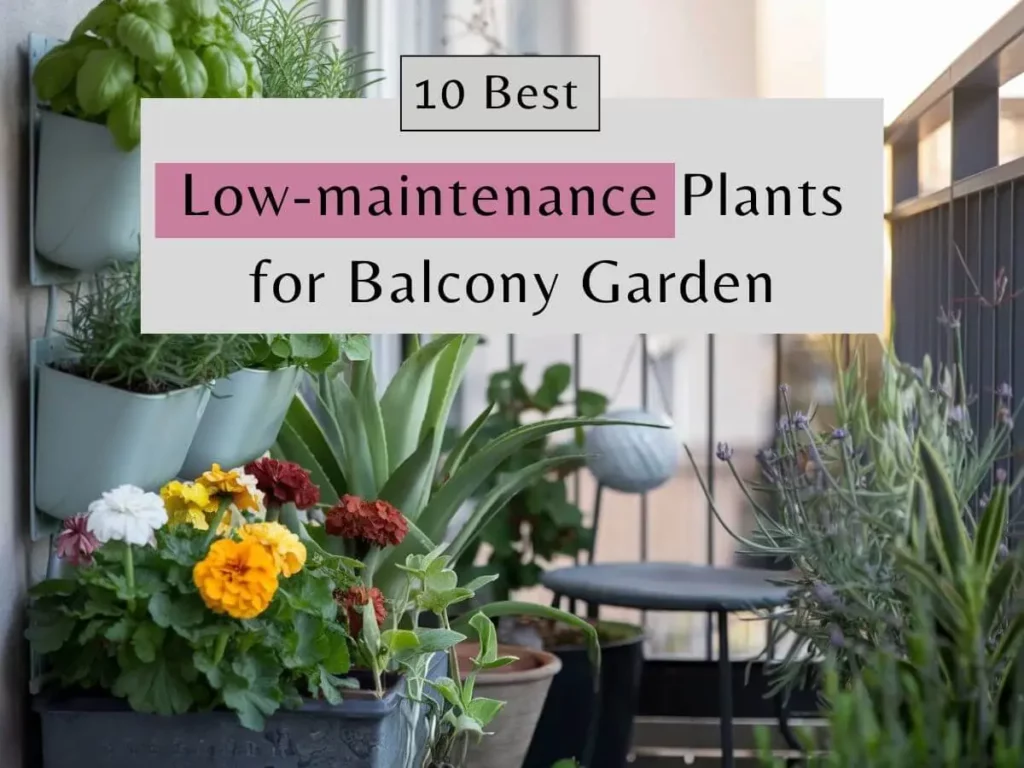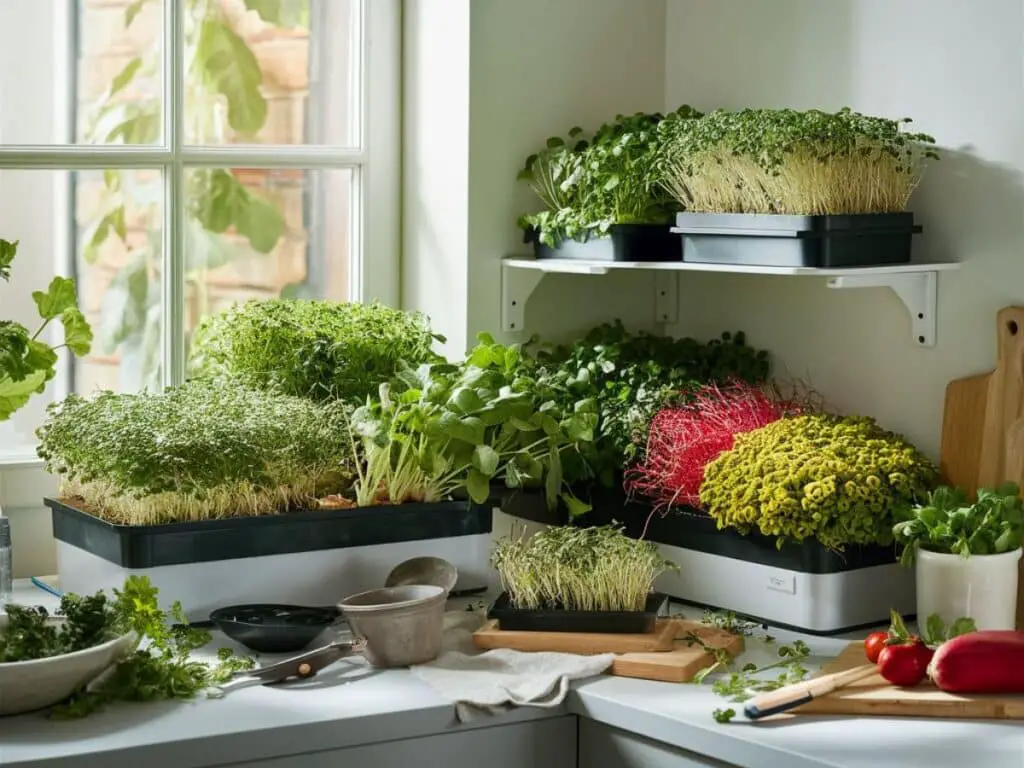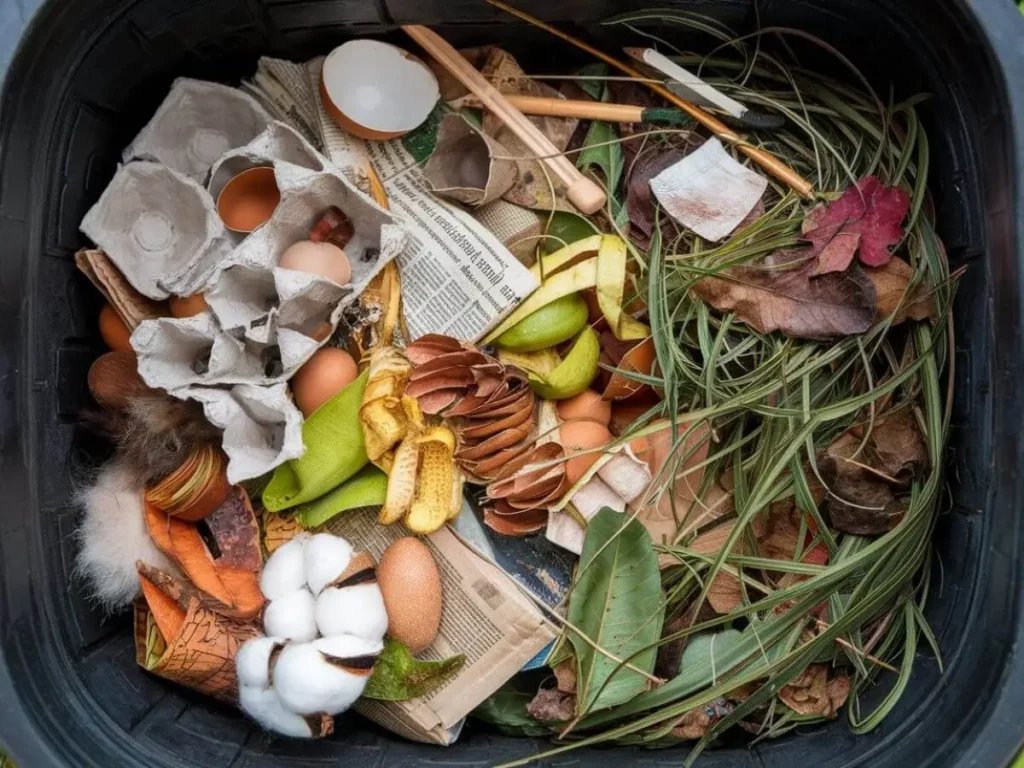(Disclaimer:This post may contain affiliate links which means I may receive a commission for purchases made through links. I will only recommend products that I genuinely believe in) Learn more.
Back in 2021, I was totally unaware of how cool plant partnerships could be.
It all started when I popped over to my neighbor Nancy’s house. Her husband runs a nursery business, and honestly, their garden looked like it came straight out of a fairy!
That’s when I learned about companion planting, and wow, it blew my mind. Sadly, Nancy moved to California soon after. Leaving me inspired but on my own to explore further.
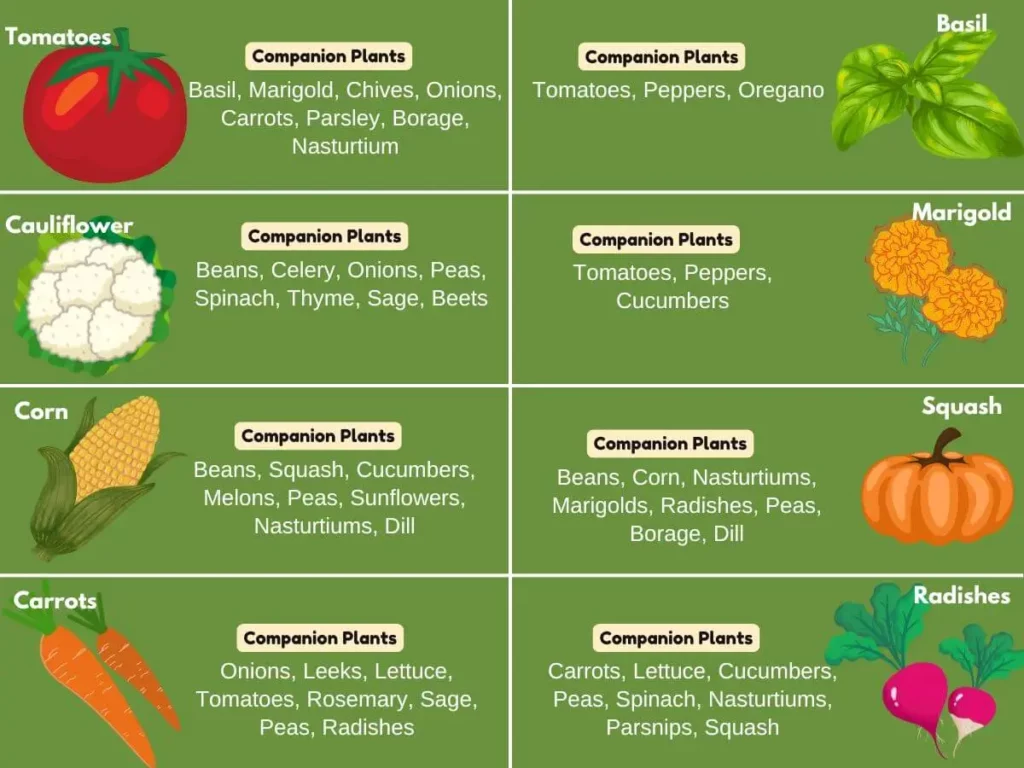
So what did I do? Well, like any curious gardener would—I jumped right into research! Applying that knowledge, I ended up transforming my New Jersey garden.
Now it’s 2024, and I’m super excited to share the companion planting chart that’ll help you amp up your garden’s productivity like never before.
What is Companion Planting?
Ok, Companion planting is kinda like matchmaking for plants. You put them together so they help each other thrive. Some plants are best buddies, while others… let’s just say they don’t play nice in the sandbox.
This ain’t some trendy gardening trick either—our ancestors knew this stuff ages ago! Native Americans did the “Three Sisters” thing, planting corn, beans, and squash together. How cool is that?
But here’s the twist—there’s real science behind this! It’s called allelopathy. Sounds fancy, huh? Basically, some plants can help or hurt others using biochemicals.
Factors to Consider with Companion Planting:
- Climate: Certain pairs grow better in specific climates.
- Soil Type: Your soil needs to support both plants in a pair.
- Garden Layout: Layout matters to get the most out of companion planting.
For example, in New Jersey’s mild climate, putting tomatoes with basil can keep pests away & boost tomato flavor!
Top Companion Plant Pairings for 2024
Here are some of my favorite combos:
- Tomatoes & Basil: This classic duo isn’t just tasty on a plate—they’re besties in the garden too! Basil keeps those annoying tomato hornworms away. Plus, I swear it makes the tomatoes even tastier!
- Carrots & Onions: These underground champs trick pests! The strong onion smell hides the carrots’ sweetness so carrot flies don’t come around as much.
- Marigolds: They may look pretty but plant them near your veggies & watch those pests run away! They’re like bouncers for your garden!
The below chart provides a general overview and is not exhaustive. Many other beneficial plant combinations exist.
Always consider your specific growing conditions and experiment to find the best pairings for your garden.
Flowers
| Flower | Companion Plants |
|---|---|
| Marigold | Tomatoes, Peppers, Cucumbers |
| Nasturtium | Squash, Radishes, Peas, Corn |
| Borage | Tomatoes, Squash |
| Chamomile | Cabbage, Onions, Mint |
| Sunflowers | Corn, Cucumbers, Beans |
Herbs
| Herb | Companion Plants |
|---|---|
| Basil | Tomatoes, Peppers, Oregano |
| Dill | Cabbage, Lettuce, Onions |
| Chives | Carrots, Tomatoes, Grapes |
| Rosemary | Beans, Cabbage, Carrots |
| Sage | Cabbage, Carrots, Strawberries |
| Thyme | Cabbage, Tomatoes, Strawberries |
Vegetables
| Vegetable | Companion Plants |
|---|---|
| Tomatoes | Basil, Marigold, Chives, Onions, Carrots, Parsley, Borage, Nasturtium |
| Carrots | Onions, Leeks, Lettuce, Tomatoes, Rosemary, Sage, Peas, Radishes |
| Beans | Corn, Squash, Cucumbers, Radishes, Potatoes, Marigolds, Eggplants, Celery |
| Corn | Beans, Squash, Cucumbers, Melons, Peas, Sunflowers, Nasturtiums, Dill |
| Cucumbers | Beans, Corn, Peas, Radishes, Sunflowers, Lettuce, Dill, Marigold |
| Lettuce | Carrots, Radishes, Cucumbers, Strawberries, Onions, Beets, Beans, Marigold |
| Peppers | Basil, Tomatoes, Onions, Spinach, Carrots, Marjoram, Oregano, Marigold |
| Spinach | Beans, Peas, Radishes, Strawberries, Cabbage, Celery, Eggplant, Cauliflower |
| Cabbage | Dill, Onions, Potatoes, Celery, Chamomile, Sage, Rosemary, Thyme |
| Radishes | Carrots, Lettuce, Cucumbers, Peas, Spinach, Nasturtiums, Parsnips, Squash |
| Potatoes | Beans, Corn, Cabbage, Marigolds, Onions, Horseradish, Catnip, Basil |
| Onions | Carrots, Lettuce, Strawberries, Tomatoes, Peppers, Beets, Cabbage, Spinach |
| Squash | Beans, Corn, Nasturtiums, Marigolds, Radishes, Peas, Borage, Dill |
| Beets | Onions, Lettuce, Cabbage, Garlic, Mint, Radishes, Bush Beans, Chard |
| Celery | Leeks, Tomatoes, Cabbage, Cauliflower, Beans, Nasturtiums, Spinach, Dill |
| Peas | Carrots, Cucumbers, Beans, Radishes, Turnips, Corn, Spinach, Lettuce |
| Broccoli | Onions, Garlic, Beets, Celery, Rosemary, Dill, Chamomile, Mint |
| Cauliflower | Beans, Celery, Onions, Peas, Spinach, Thyme, Sage, Beets |
| Garlic | Tomatoes, Cabbage, Roses, Carrots, Beets, Spinach, Kale, Celery |
For detailed study and tips about companion gardening, I highly recommend this book,

Plants That Don’t Play Well Together
Just like kids at school—some plants clash big time! Here are some combos you should skip:
- Beans & Onions: Trust me on this one; my bean harvest was awful that year because of it!
- Tomatoes & Corn: These two fight for nutrients—bad news for your crop.
Companion Planting for Pest Control
According to a study by the Rodale Institute, companion planting can cut pest damage by up to 50%! That’s HUGE if you’re going organic like me.
My go-to combo is nasturtiums planted near cucumbers & squash—they act like a trap crop and lure away pesky aphids and squash bugs!
Some plants keep harmful bugs out while others bring in helpful ones. For example:
- Marigolds: Keep nematodes & aphids away.
- Chives: Deter aphids AND Japanese beetles!
- Dill: Brings in ladybugs and hoverflies that munch on aphids.
- Sunflowers: Attract pollinators like bees.
Maximizing Space with Companion Planting
Living here in New Jersey means I don’t have tons of land to work with—so vertical gardening is my friend! I love putting pole beans at the base of corn stalks—the beans climb and fix nitrogen into the soil too.
There are awesome apps that help you plan things out. I use “Garden Plan Pro,” but find what suits you best!
Soil Health and Companion Planting
Healthy soil is key for a thriving garden. I’ve started adding more nitrogen-fixing plants like peas, vetch, and clover into my rotation because they actually help improve the soil as they grow!
From being a total newbie at companion planting to now—a huge difference! My harvests have gone up big time, and I use fewer pesticides.
Remember: gardening means experimenting. What works great in my New Jersey garden might need some tweaks for yours. So go ahead—try new combos & see what fits best for you! Happy planting!
